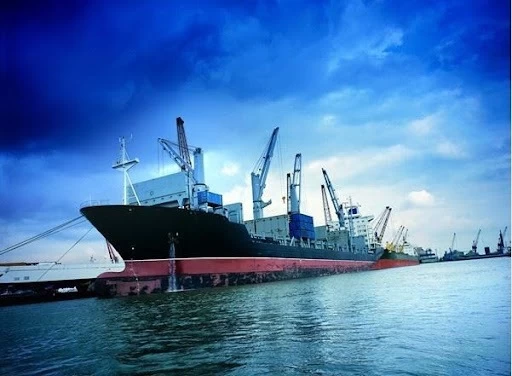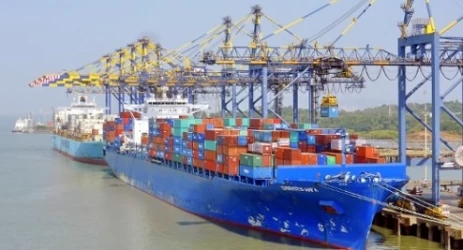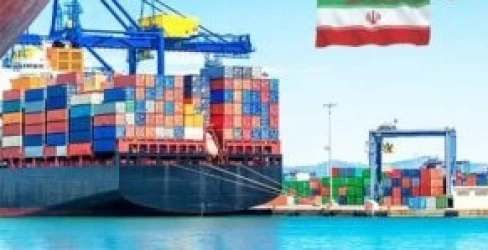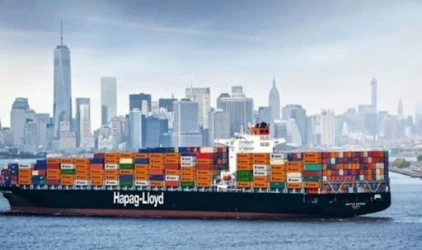Sea freight in the port of Callao
The Port of Callao, located on the central coast of Peru near its capital city, Lima, is the country’s largest and most important seaport. As a strategic gateway to the Pacific Ocean, Callao plays a crucial role in international trade, not only for Peru but also for much of South America. Its significance as a hub for maritime transportation is underlined by its ability to handle a diverse range of cargo types and its proximity to key global shipping routes. Over the years, the port has evolved into a modern, well-equipped facility, providing vital services to the global shipping industry.
History of the Port of Callao
The Port of Callao has a rich history dating back to the 16th century during the Spanish colonization of the Americas. It was initially established as a trading hub for shipping gold and silver from the Andean region to Europe. Over time, the port's importance grew as the region's economy expanded, particularly in the export of raw materials and agricultural products. Today, Callao continues to thrive as a key node in the global supply chain, handling millions of tons of cargo annually.
Infrastructure and Facilities
The Port of Callao is equipped with state-of-the-art infrastructure, capable of handling large volumes of both containerized and bulk cargo. The port has several specialized terminals, including:
- Container Terminals: These are designed to handle large volumes of shipping containers, which are the backbone of modern global trade. The port is equipped with heavy-duty cranes, automated systems, and large storage areas to manage the container traffic efficiently.
- Bulk Cargo Facilities: Callao also manages bulk goods such as minerals, grains, and petroleum products. The port has dedicated facilities for both dry and liquid bulk cargo, ensuring safe and efficient handling of these goods.
- Logistics and Warehousing: With vast warehousing spaces and integrated logistics services, the port enables smooth transitions between sea, land, and air transportation modes. This adds to its importance as a logistics hub not only for Peru but for the wider region as well.
Maritime Container Transportation in Callao
Container shipping is the most significant activity at the Port of Callao. Given the rise of containerized trade, especially with Asia and Europe, the port has established itself as a vital link in the global supply chain. It handles a large number of container ships that carry everything from consumer goods to industrial equipment. Callao’s container terminals operate with cutting-edge technologies that ensure faster turnaround times, reduced congestion, and more efficient customs processing.
Challenges and Opportunities
While the Port of Callao boasts modern facilities, it also faces several challenges. Increasing maritime traffic has led to capacity issues, and there is ongoing competition from other South American ports like Valparaíso in Chile and Guayaquil in Ecuador. Moreover, the port's surrounding infrastructure, such as road and rail links, requires continuous improvement to keep up with growing cargo volumes.
On the opportunity side, Callao is well-positioned to expand its role as a key maritime hub. The rise in trade between Latin America and Asia offers immense growth potential. The Peruvian government has recognized this and is actively investing in expanding the port's capacity and improving its logistics infrastructure. Additionally, technological advancements like digitized port operations, which streamline customs and cargo handling processes, could further bolster Callao’s competitiveness.
Environmental Considerations
Like many modern ports, the Port of Callao is placing increased emphasis on sustainability and environmental responsibility. Maritime transportation is known for its carbon footprint, and ports around the world are looking for ways to reduce emissions and minimize their environmental impact. Callao has initiated several green initiatives, including adopting energy-efficient technologies in its operations and promoting the use of cleaner fuels by ships docking at the port. Furthermore, the port authority is investing in initiatives to reduce water pollution and waste from port activities.
Future Outlook
The future of the Port of Callao looks promising as the demand for maritime transportation in the region continues to grow. With investments in infrastructure, technology, and sustainability, the port is likely to remain a leading gateway for international trade in Latin America. Callao's expansion plans include increasing its container handling capacity, deepening the port to accommodate larger ships, and improving its logistics networks to meet the challenges of the 21st century.
Conclusion
The Port of Callao is not only Peru’s most important seaport but also a critical hub in the global maritime transportation network. With its modern infrastructure, strategic location, and ongoing investment in improvements, the port is well-equipped to handle the growing demands of international trade. While challenges such as competition and capacity constraints exist, the opportunities for growth, particularly in containerized trade with Asia, make Callao a key player in the future of maritime transportation in the Americas.
If you have any specific questions or need further assistance, feel free to ask!











